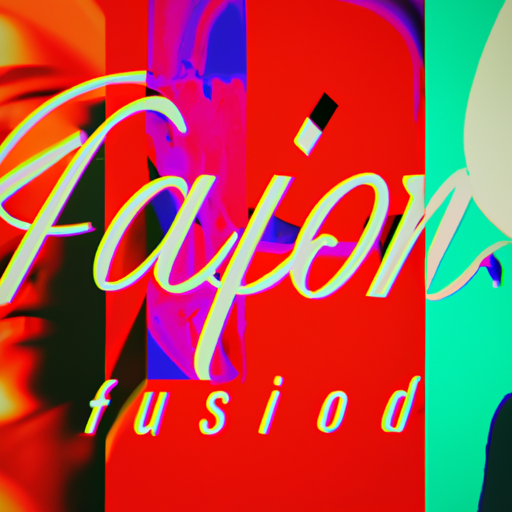Table of Contents
Calligraphy and Typography Fusion in Design

Calligraphy and typography are two distinct art forms that have been used for centuries to convey messages and create visually appealing designs. While calligraphy focuses on the art of beautiful handwriting, typography is the art of arranging typefaces to make written language legible and visually appealing. In recent years, designers have started to explore the fusion of calligraphy and typography to create unique and captivating designs. This article will explore the concept of calligraphy and typography fusion in design, its benefits, and provide examples of successful implementations.
The Power of Calligraphy and Typography Fusion
Combining calligraphy and typography in design can result in visually stunning and impactful creations. By merging the elegance and expressiveness of calligraphy with the structure and versatility of typography, designers can create designs that are both aesthetically pleasing and highly effective in conveying messages.
One of the main advantages of calligraphy and typography fusion is the ability to evoke emotions and create a sense of authenticity. Calligraphy, with its handcrafted and organic nature, can add a personal touch to a design, making it feel more genuine and human. Typography, on the other hand, provides structure and clarity, ensuring that the message is easily readable and understood.
Furthermore, calligraphy and typography fusion allows designers to create unique and memorable designs that stand out from the crowd. By combining different typefaces, letterforms, and calligraphic elements, designers can create compositions that are visually striking and instantly recognizable.
Successful Examples of Calligraphy and Typography Fusion
There are numerous examples of successful calligraphy and typography fusion in design. One notable example is the logo of the famous clothing brand, Coca-Cola. The brand’s logo features a unique script typeface that resembles calligraphy. The flowing curves and intricate details of the letters give the logo a sense of elegance and timelessness, while still maintaining legibility and brand recognition.
Another example is the work of Jessica Hische, a renowned lettering artist and designer. Her designs often combine calligraphic elements with typography to create visually stunning compositions. One of her notable projects is the cover design for the book “The Night Circus.” The design features a combination of hand-drawn calligraphy and carefully selected typefaces, resulting in a captivating and enchanting cover that perfectly captures the essence of the story.
Additionally, the fusion of calligraphy and typography can be seen in various digital designs, such as websites and mobile applications. Many designers incorporate calligraphic elements into their typographic designs to add a sense of uniqueness and personality. This can be seen in the use of hand-drawn headlines or calligraphic flourishes in website headers or app icons.
Benefits of Calligraphy and Typography Fusion in Design
The fusion of calligraphy and typography in design offers several benefits:
- Enhanced Visual Appeal: Calligraphy and typography fusion can create visually stunning designs that capture attention and leave a lasting impression.
- Expressiveness and Authenticity: Calligraphy adds a personal touch to designs, making them feel more genuine and human.
- Improved Readability: Typography ensures that the message is easily readable and understood, even when combined with calligraphic elements.
- Uniqueness and Memorability: Calligraphy and typography fusion allows designers to create designs that stand out from the crowd and are instantly recognizable.
- Flexibility and Versatility: The combination of calligraphy and typography offers a wide range of creative possibilities, allowing designers to experiment and create unique compositions.
Conclusion
The fusion of calligraphy and typography in design is a powerful technique that can result in visually stunning and impactful creations. By combining the elegance and expressiveness of calligraphy with the structure and versatility of typography, designers can create designs that are both aesthetically pleasing and highly effective in conveying messages. Successful examples of calligraphy and typography fusion can be seen in various designs, from logos to book covers and digital interfaces. The benefits of calligraphy and typography fusion include enhanced visual appeal, expressiveness, improved readability, uniqueness, and flexibility. As designers continue to explore the possibilities of this fusion, we can expect to see even more captivating and innovative designs in the future.


